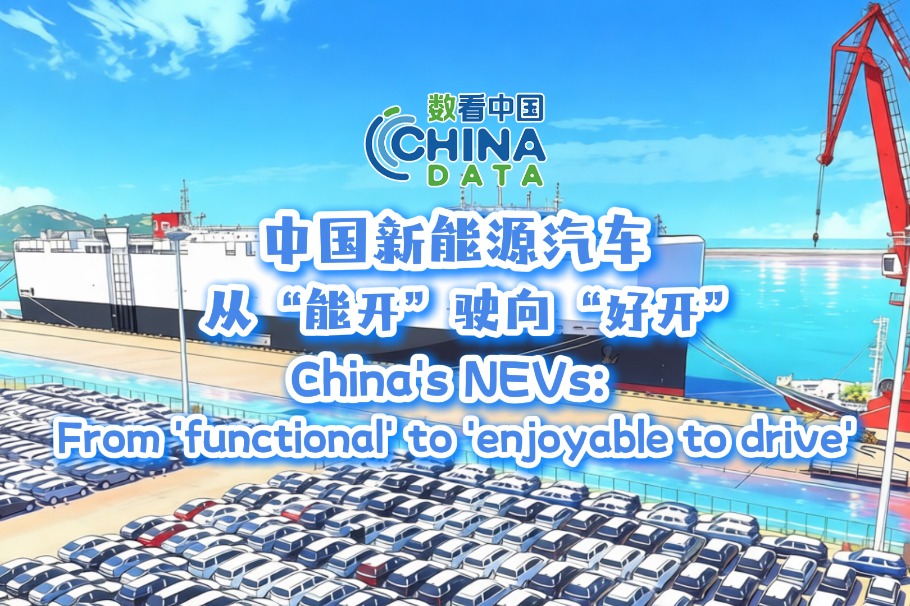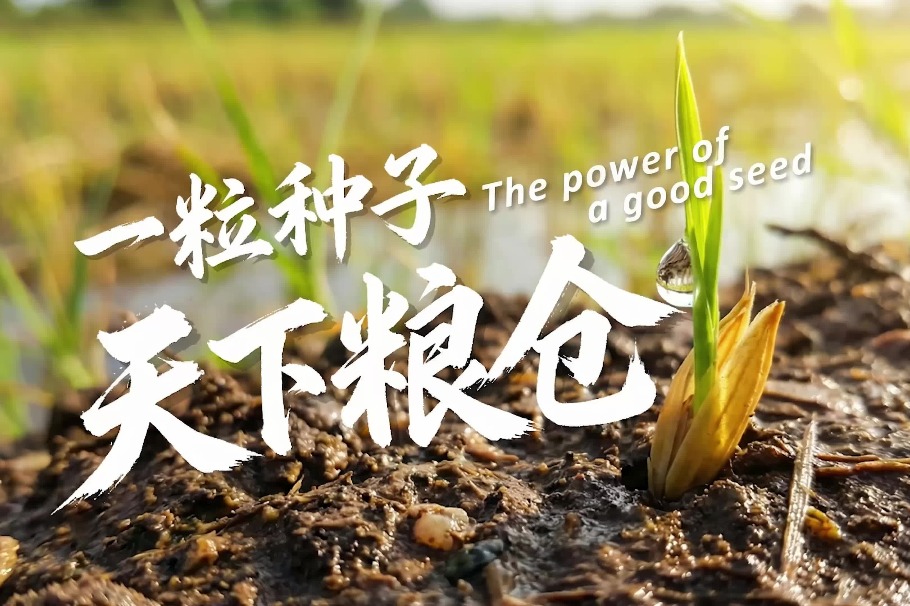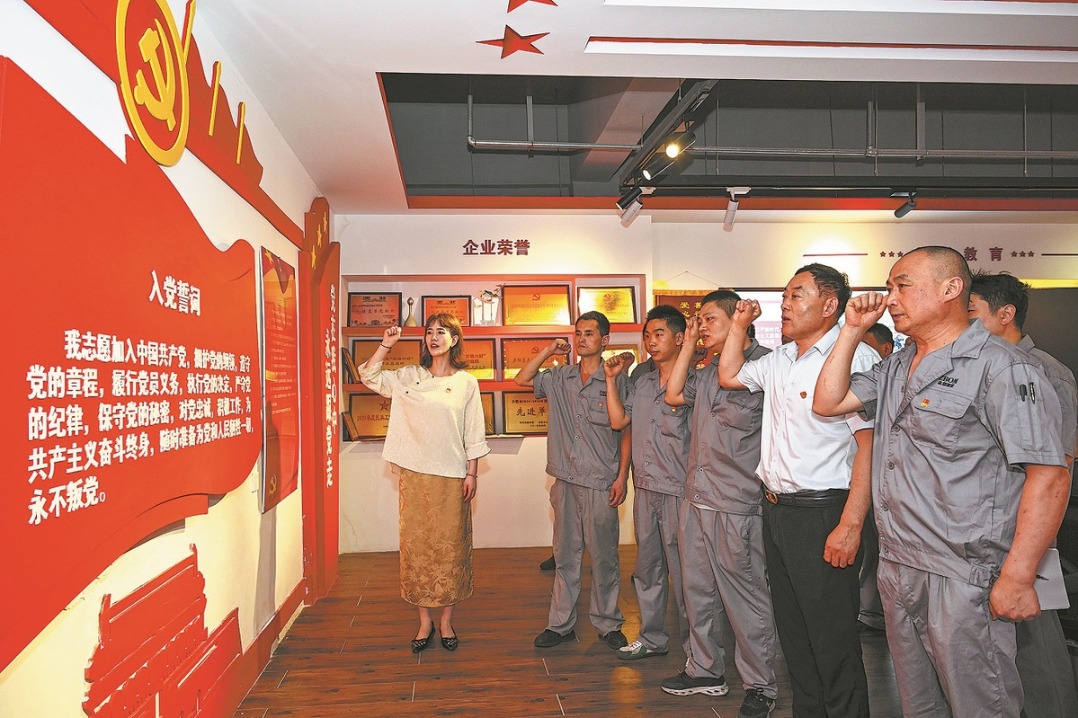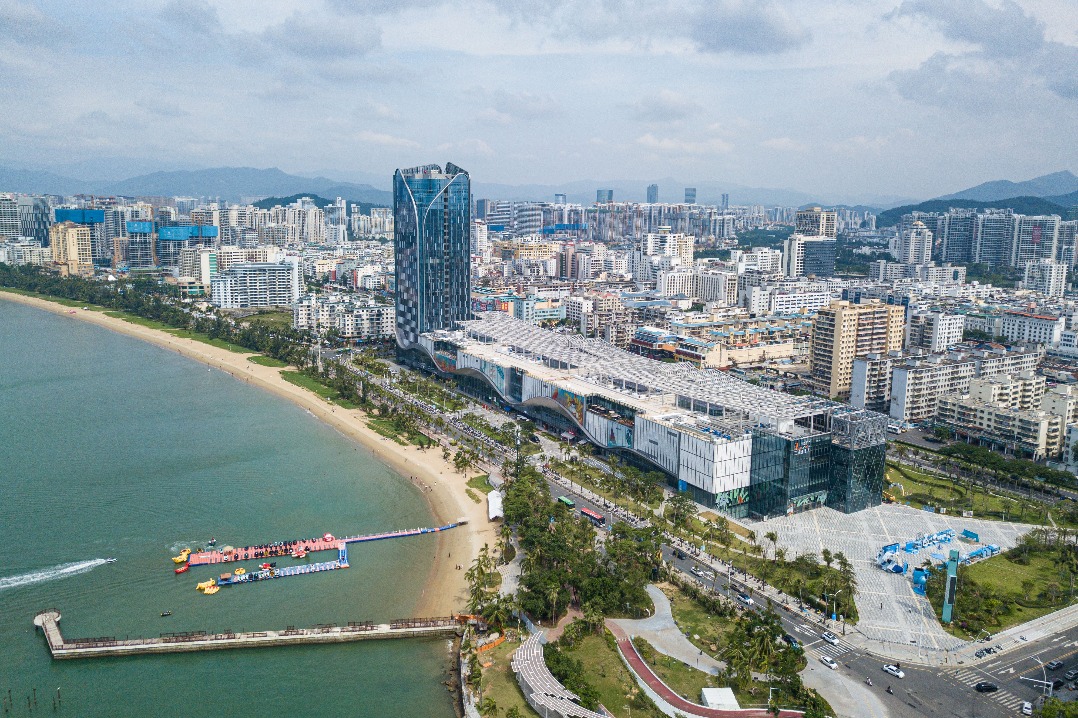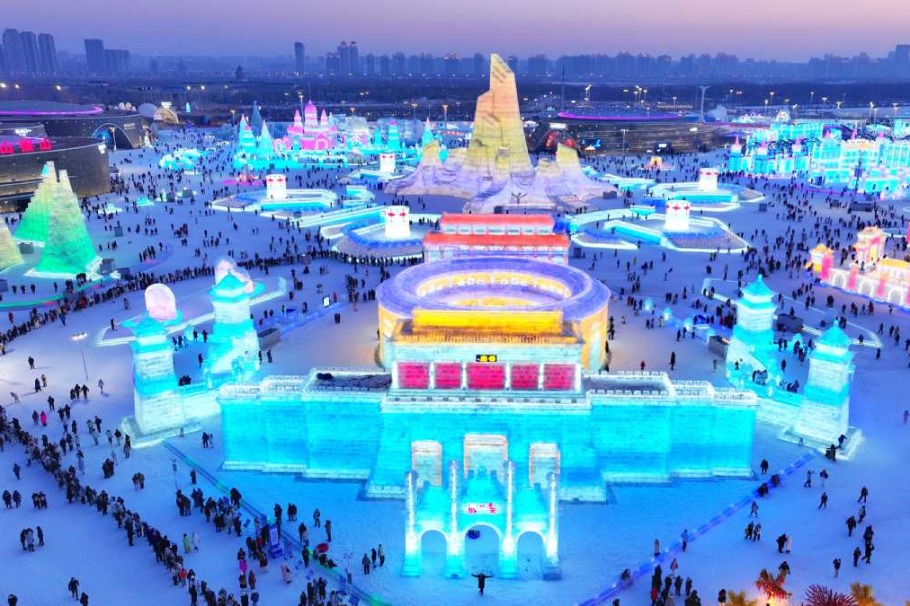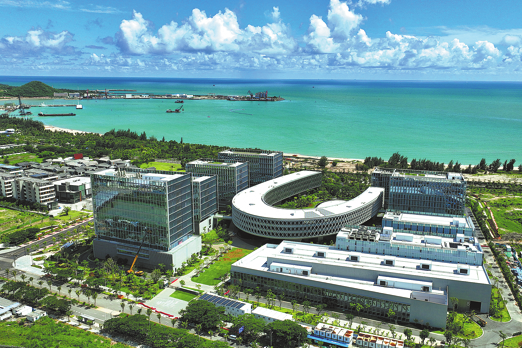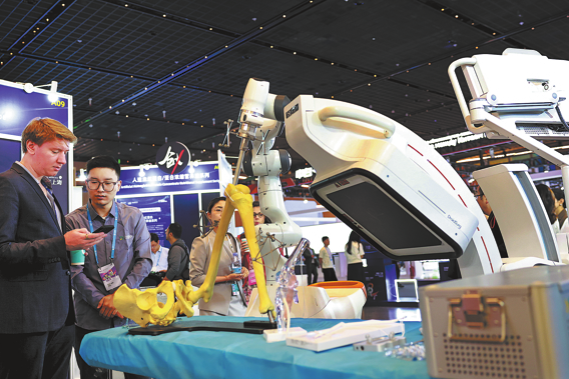Plastic bottles still fantastic in Norway

FETSUND, Norway-One at a time, the elderly woman places her empties into the gaping hole of a machine at the entrance to an Oslo supermarket. With a well-functioning deposit system, Norway recycles almost all of its plastic bottles.
"You have to get rid of them, so you may as well do it intelligently," said the woman in her 70s, as the machine spits out a barcode ticket that entitles her to around 30 kroner ($3.25) either in cash or credit at the till.
With its 97 percent recycling rate, Norway is 10 years ahead of the European Union's 2029 target date for countries to recycle at least 90 percent of their plastic bottles.
That compares to barely 60 percent in France and in the United Kingdom, which is considering a deposit system.
The deposit system is widely viewed as the key to the Nordic country's success in recycling.
Customers pay a few extra cents when they buy a drink in a plastic bottle, and they are refunded that amount when they return their empties.
"When you have a deposit on the empties, you actually tell the consumers that they buy the product but they borrow the packaging," said Kjell Olav Maldum, the head of Infinitum, a company created by manufacturers and distributors to run the deposit scheme.
The concept of returning empties has become so widespread there's even a verb in the Norwegian language for it: a pante (pronounced oh pant-uh).
More than 1.1 billion plastic bottles and aluminum cans were returned in 2018 at collection points in supermarkets, petrol stations and small shops.
In Fetsund, about 30 kilometers northeast of Oslo, a steady stream of trucks dump thousands of empties at a time at Infinitum's main processing center. Bouncing along on conveyor belts, the plastic bottles that once contained water, juice or soda are sorted, compacted and placed on pallets resembling enormous colorful Rubik's cubes, destined for a second life after recycling.
Each new plastic bottle contains around 10 percent recycled materials, a level the country hopes to increase with a regressive tax that would encourage manufacturers to use recycled plastic instead of new plastic, which is currently cheaper.
"If you put your bottles into a machine, they sort of enter a clean loop," said Harald Henriksen, head of business area collection solutions at Tomra, the world leader in reverse vending machines.
In this example of a circular economy, what some consider waste becomes a resource, whose value encourages collection and recycling.
The idea has begun to catch on elsewhere. "One example is Lithuania, where they had a 34-percent return rate before the deposit system was introduced, and at the end of year number two that had already increased to 92 percent," said Henriksen.
According to the WWF, the equivalent of 15 metric tons of plastic are dumped into the world's oceans every minute.
While the Norwegian recycling industry acknowledges the planet needs to put an end to the problem, they think plastic-a lightweight, practical and cheap material-still has a promising future.
"Is the problem with plastic itself, or is it the way that we the consumers behave ourselves," said Maldum. "Plastic is still fantastic but keep it out of nature."

Today's Top News
- China to continue anti-dumping duties on EPDM imports
- Trump says war with Venezuela remains possible -- NBC News
- China urges Japan to stop challenging intl bottom line with its nuclear ambitions
- US arms sales to Taiwan a dangerous gambit: Editorial flash
- Taiwan opposition lawmakers announce plan to impeach Lai Ching-te
- Boosting consumption will be key in 2026
















